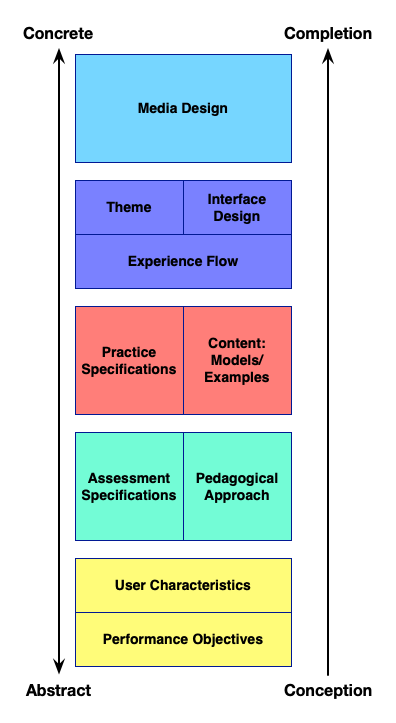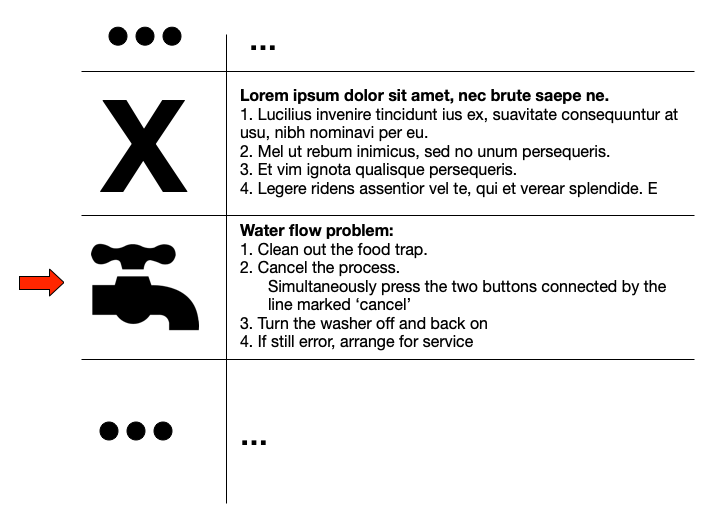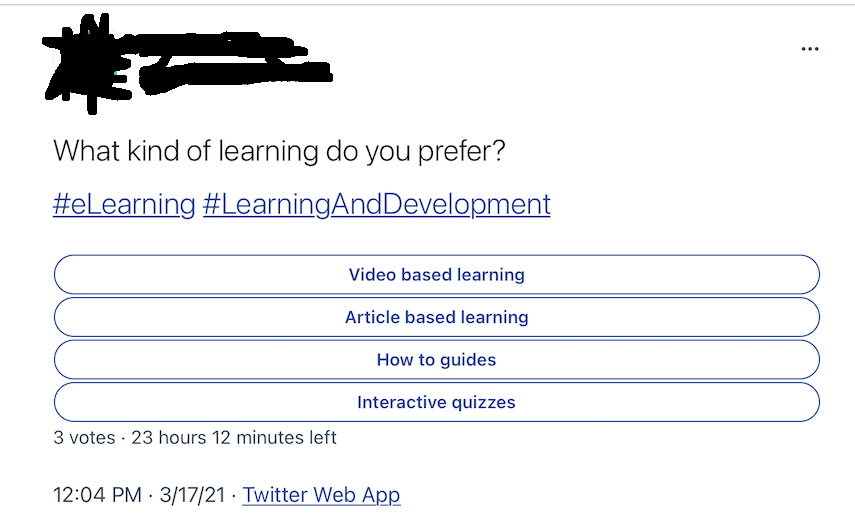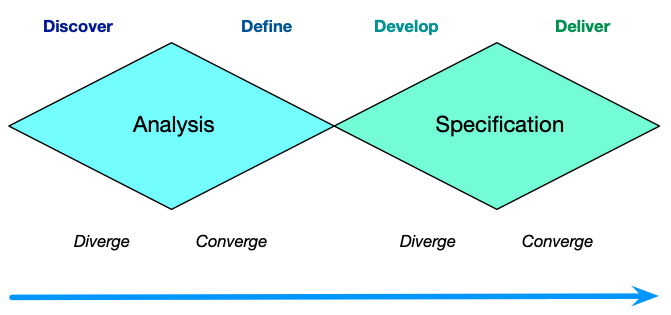Asked about why I used the word pedagogy instead of andragogy, I think it’s worth elaborating (since I already had in my reply ;) and sharing. In short, I think it‘s a false dichotomy. So here‘s my analysis of andragogy vs pedagogy.
Looking at Knowles‘ andragogy, I think it‘s misconstrued. What he talks about for adults is really true for all learners, taking into account their relative cognitive capability and amount of experience. So I fear that using andragogy will perpetuate the myth that pedagogy is a different learning approach (and keep kids in classrooms listening to lectures and answering rote questions). Empirically, direct instruction works (tho‘ it‘s interpretation is different than the name might imply, I once pointed out how it and constructivism properly construed both really say the same thing ;).
There was an article that posited five differences, and I see a major confound; the article‘s talking about andragogy as self-directed learning, and pedagogy as formal instruction. That‘s apples and oranges. It really is more about whether you‘re a novice or a practitioner level and the role of instruction. Age is an arbitrary element here, not a defining factor. Addressing each point:
1. Adults are self-directing learners. No, in things they know they need, they can be, but also they may have their bosses or coaches pointing them to courses. Plus, for areas where the adults are novices, they still need guided instruction. Also, owing to our bad K12 and higher ed, we’re not really enabling learners to be effective and efficient self-directed learners. Further, kids are self-directed about things they‘re interested in. But we make little effort to ground what we do (particularly K6) in any reason why this is on the syllabus.
2. The role of learner experience. Yes, this matters, but it‘s a continuum. Also, you always want to base instruction on learner experience, because elaboration requires connecting to and building on existing knowledge. Yes, we do tend to do give kids abstract problems (particularly in math), which is contrary to good learning science. “Only two things wrong in education these days, the curriculum and the pedagogy, other than that we‘re fine.” Ahem. We teach the wrong things, badly.
3. Adults generate interest in useful information. So does everyone, but that‘s not a matter of developmental level. Kids also prefer stuff that‘s relevant. We‘ve developed a curriculum for kids that is out of date, and we don‘t motivate it. Everyone has a curriculum, and there are degrees of self-direction, but it‘s not a binary division.
4. Adult readiness to learn is triggered by relevance (yeah, kind of redundant).Kids also learn better when there‘s a reason. Hence problem-based, service-based, and other such philosophy‘s of learning. Even direct instruction posits meaningful problems. Again, the article‘s comparing an ideal human learning model compared to a broken school model.
5. What motivates learners are real life outcomes. Really, we‘ve covered this, everyone learns better when there‘s motivation. Children learn for grades because no one‘s made it meaningful for them to care! Kids will pursue their learning when it makes sense to them. John Taylor Gatto made the case that kids could learn the entire K6 curriculum in 100 hours if they cared! Kids do learn outside of what‘s forced on them from schooling, be it Pokemon, polka, or porcupines.
Thus, in the comparison between andragogy vs pedagogy, I come down on the side of pedagogy. It‘s the earlier term, and while ped does mean ‘kid‘, I still think it‘s really about learning design. Learning design should be aligned to our brains, not differentiated between child and adult. Yes, there are developmental differences, but they‘re a continuum and it‘s more a matter of capacity, it‘s not a binary distinction. That‘s my take, what‘s yours?




